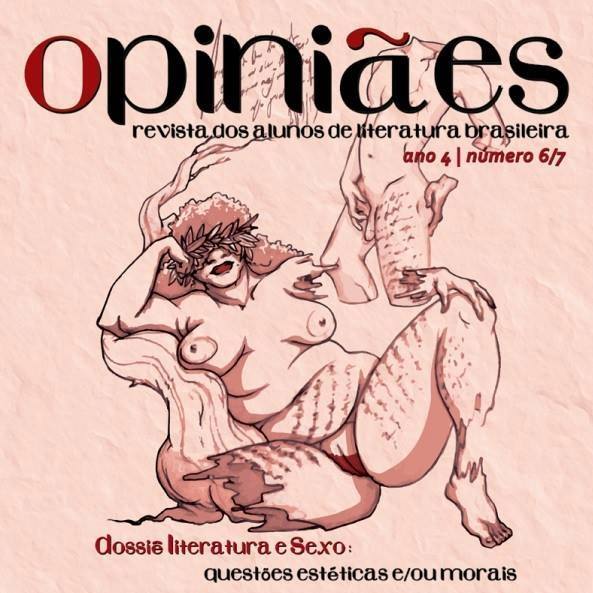Statuary of desire: erotic writing and imitation game in Lucíola
DOI:
https://doi.org/10.11606/issn.2525-8133.opiniaes.2015.115073Keywords:
Alencar, Lucíola, Narrator, Sex, Erotic, StatuaryAbstract
Lucíola, published in 1862, deals with the brief involvement of a young provincial man with a beautiful courtesan. The desire, even when denied, takes a central role in the plot, moving characters and narrative towards the premature death of the protagonist. This outcome is due to complications of abortion, a consequence of sex, somehow engaging an allegory between Eros and Thanatos. The narrator admits the immorality of his text, but says he will not hide himself on the hypocrisy of ellipsis. It’s impossible to recognize in the book some concern towards the way you show lust through words. The analysis of three erotic scenes and its relations with other passages of the novel aims to contribute to the understanding of this process of representation.Downloads
Download data is not yet available.
Downloads
Published
2015-05-03
Issue
Section
Dossiê
License
Copyright (c) 2016 Opiniães

This work is licensed under a Creative Commons Attribution 4.0 International License.
A revista Opiniães não exerce cobrança pelas contribuições recebidas, garantindo o compartilhamento universal de suas publicações. Os autores mantêm os direitos autorais sobre os textos originais e inéditos que disponibilizarem e concedem à revista o direito de primeira publicação, com o trabalho simultaneamente licenciado sob a Licença Creative Commons Attribution que permite o compartilhamento do trabalho com reconhecimento da autoria e publicação inicial nesta revista.
How to Cite
Ferraz, G. M. (2015). Statuary of desire: erotic writing and imitation game in Lucíola. Opiniães, 4(6-7), 68-83. https://doi.org/10.11606/issn.2525-8133.opiniaes.2015.115073



